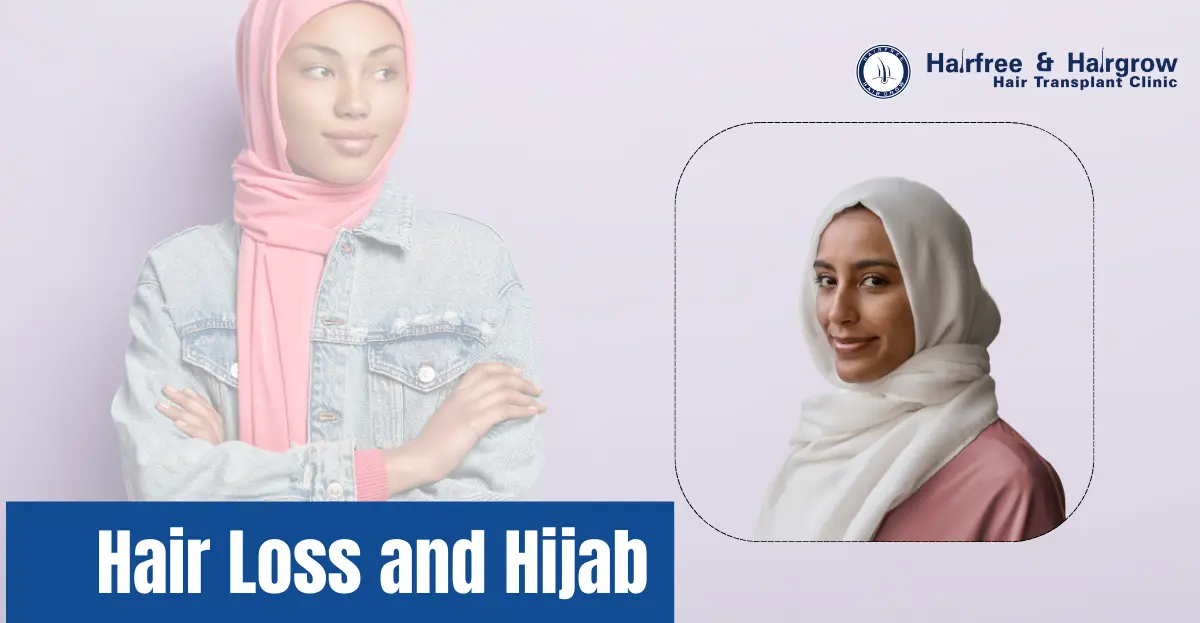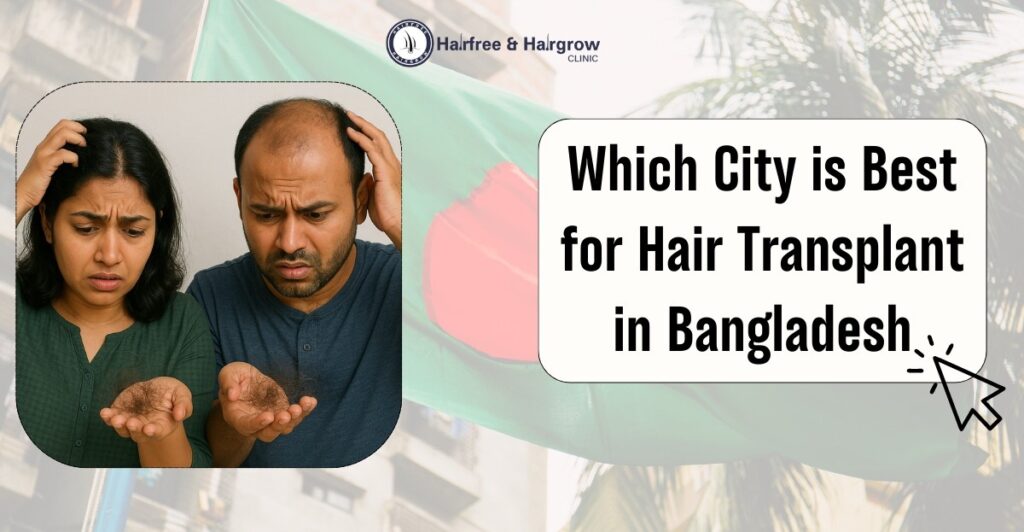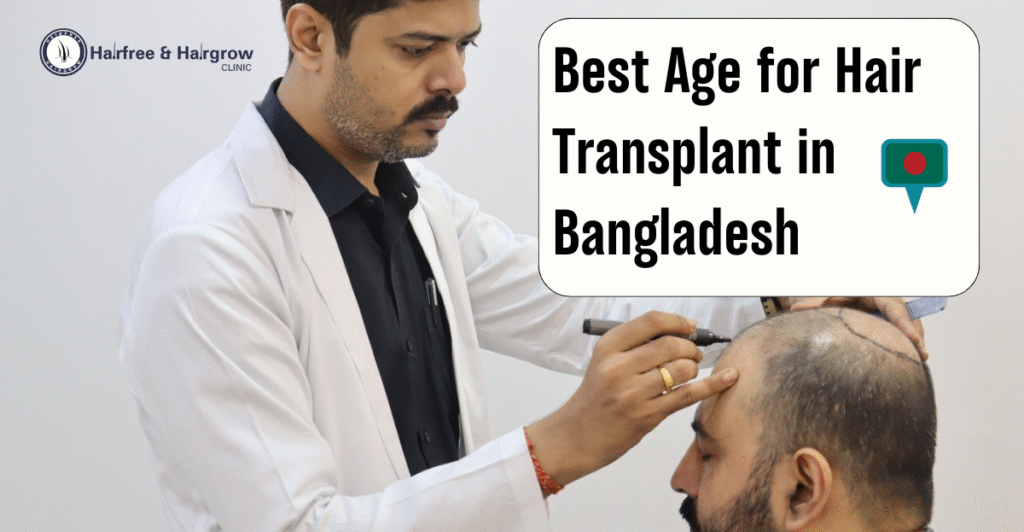Wearing a hijab holds a lot of significance for women, be it for modesty or identity. Being a regular hijab wearer, it is very likely that you have been looking for ways to maintain Hijab and Hair despite all the challenges that come with a hijab.
Well, worry no more as there are so many ways to keep your hair strong, nourished, and healthy under your hijab. This blog will give insight into how to prevent hair loss, maintain a healthy scalp, and build a hijab hair care routine.
Table of Contents
Common Causes of Hair Loss for Hijab Wearers
Even though it is normal for many hijabs to experience hair loss; still it is necessary to look into the specific causes of it. A major cause of hair loss would be pressure and friction when wearing a headscarf for a very long time.
Tying a headscarf too tightly or using some form of wrapping causes tension on the hair follicles which leads to a condition called traction alopecia. This is the type of hair loss caused when hair is stretched tight, creating weakened follicles over some time.
As another contributing factor, scalp health for hijab wearers needs to be put in check. Since the head wears a hijab most of the time, it denies the scalp free air circulation which creates a very warm and moist habitat for oil accumulation, dandruff, and other irritations in addition to possible irritation. Ultimately, it results in itching, discomfort, or thinning of the hair with continued neglect.

Tips for Maintaining Healthy Hair Under a Hijab
You need to pay attention to both the way your hair is worn and how you support hair care under the hijab. Following are some healthy hair tips for hijab wearers:
- Choose The Right Fabric
Not all hijab fabrics are created equal when it comes to caring for your hair. Instead of suffocating fabrics, think breathable, soft cotton, silk, or bamboo: air can circulate, and friction between the hair and material is minimized.
- Avoid Tight Styles
Hot hairstyles and tightly bound hijabs can tug at the hair follicles, resulting in tension and haphazard hair loss. Opt for looseness and avoid strains by getting a soft instead of tight-fitting hijab that holds hands gently in place without pulling too much on your scalp and hair.
- Regular Scalp Care
Healthy scalp conditions for preventing hair loss-promoting growth include regular scalp massages that are instrumental in blood circulation and thus facilitate hair growth.
Must Read
Building A Hijab Hair Care Routine
Setting up a routine focusing on the hair’s and scalps’ needs during the time spent wearing the hijab would have some influence on how healthy the hair would become. Here is how to build up a hair care regimen that fits with the hijab experience.
- Hydration is Key
Hydration is the cornerstone of healthy hair. Dry hair tends to break off more and you will often find your strands not soft nor strong so ensure that your hair products are in the moisturizing category.
- Keep It Clean and Oil-Free
One thing with wearing the hijab is that sweat and oil can easily build up on your scalp. Thus, cleansing should be gentle, leaving your scalp with some natural oils while preventing yellowness in hair oil.
- Give Your Hair Breaks
Just as your body needs rest, your hair also needs it. Your hair ought to be given time when not wearing a hijab as often as possible. Allow time for your scalp to breathe and heal without hair on it for a few hours a day, or sometimes just looser styles.
Our Clinic Location: Hair Transplant in Dhaka
Best Hairstyles Under the Hijab
These hijab-friendly hairstyles are important as they will keep themselves away from adding sprouts and unhealthily promoting one’s hair. As much as possible, do not create pressure on your hair, for example tight bun or braid. Here are some other styles for the sake of change:
1) Loose low ponytail: Benefits well for wearing with your hair loose under a hijab or when you want to keep it cool while letting the majorette hold the ponytail near the neck.
2) Loose braid: Loose braid or side braid helps prevent tangling while minimizing friction.
3) Loose Top Knot:- With a soft scrunchie, you can create a top knot without being too tight, allowing hair out of your face and not pulling on your scalp too hard.
Healthy Lifestyle for Better Hair Care
Hair care is not only dependent on the products used but also on the healthy lifestyle of the person. To maintain healthy and strong, here are a few lifestyle tips:
Balanced Diet for Hair Health
A balanced diet consisting of vitamins and minerals to promote hair growth. Thus, it is most advisable to eat rich foods that contain many vitamins A, C, D, and E- in addition to zinc, iron, and omega-3 fatty acids. Most of these vitamins are found in dark greens, nuts, seeds, and fish.
Hydration and Relaxation
Keeps the body hydrated for overall health benefits, including the health of one’s hair. Drinking enough water is useful in keeping the hair moist from within. Manage the stress levels as well-stress contributes to loss of hair, so relax and take care of yourself from time to time.
Conclusion
Hijab and hair are not as easy as wearing them without providing proper attention to care via material, making the styles not tight, and above all, caring for the scalp health. Building a hijab hair care routine and adopting a healthy lifestyle could also help prevent hair loss with hijab and promote hair growth. All that you need is the right hair care tips for women and attention so that it can be strong, healthy, and beautiful all under your hijab.
FAQ
Although straight hijab doesn’t result in hair fall, it’s an indirect action of the scarf being tightly tied, particularly if there’s regular hair tugging. It can cause traction alopecia which results from excessive pull on the hair follicles.
Breathable and soft fabrics such as cotton, silk, or bamboo are good for preventing hair damage. It allows for airflow, and reduced friction, giving your hair maintenance under hijab.
Washing oily hair every two to three days is a norm. Dry hair, on the other hand, can do two washes per week or even just one. But again, adapt this according to our personal needs.

Written By
Medical Officer & Hair Transplant Surgeon
Dr. Nazmin Sultana Nipa is a distinguished hair transplant doctor in Bangladesh, known for her advanced skills in hair restoration. As a Medical Officer and Hair Transplant Surgeon, Dr. Nipa combines her extensive experience in the field with a focus on transparency and patient-centered care.
Disclaimer
We’ve made all possible efforts to ensure that the information provided here is accurate, up-to-date and complete, however, it should not be treated as a substitute for professional medical advice, diagnosis or treatment. See Detailed Disclaimers Here.



